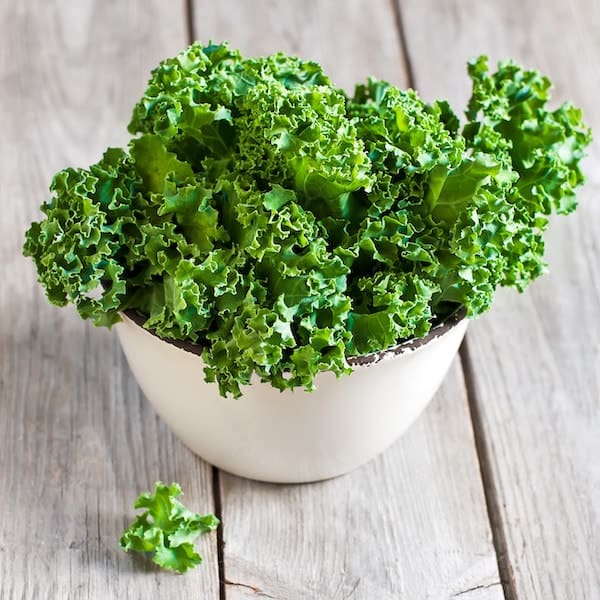Bizarre Food Trends to Watch in 2018
Reading Time: 2 minutes
The food and beverage space has been rapidly changing over the past five years and 2018 looks to be no different. In this post, we will look at some of the Daily Mail’s bizarre food trends to watch in 2018.
Meat Like Veggie Burgers
Veggie burgers have come a long way in the past few years. Anyone with experience eating veggie burgers knows that they have often been dry and bland. Companies like Beyond Meat and Impossible Foods have developed juicy veggie burgers that mimic the texture and taste of real meat burgers. Impossible Foods’ burger even bleeds! Watch out for these burgers near all your genuine beef products in 2018.
It’s 2018, and we are Drinking Mushroom Lattes
Mushrooms have been getting a lot of hype in 2017, and that looks to continue in 2018. New mushroom enhanced coffee is focused on giving you the caffeine kick without the jitters. Four Sigmatic is selling arabica coffee blended with fungi including Lion’s Mane and Chaga. Be on the lookout for coffee bars and mushroom lattes next year!
Bizarre Veggie Bread
Companies are looking for ways to make products healthier especially bread manufacturers. Over the past five years, bread manufacturers in the U.K. have seen sales decline by 12%. They have developed a high protein, low carb veggie bread to lure customers back. These loaves of bread are being made out of beetroot, courgette, and red pepper.
Sweet and Sour Super Fruit
Superfoods and more specifically superfruits have been buzzing for years now. Jackfruit is the latest superfood to pick up steam and demand. In 2018, you can eat it raw, so it tastes sweet like a mango or cook it for a sour taste. The jackfruit is full of calcium and iron.
High Protein Ice Cream
Yes, ice cream is trying to be better for you! Brands are hopping on the protein train and packing it into every spoonful. Be on the lookout for new products from Breyers to compete with protein-infused ice cream originator, Enlightened.
Inspired by www.dailymail.co.uk


 Turmeric is a favorite spice in Asian cuisine. For centuries, it has been used in South Asia as a medicine. Turmeric has a lot of health benefits, and it is known to treat arthritis, acne, heart diseases, and Parkinson’s disease. This particular spice contains high amounts of curcumin—a powerful antioxidant. Curcumin is also a potent anti-inflammatory compound that can relieve different types of inflammation in the body. It can help improve the condition of patients who have diabetes and even cancer.
Turmeric is a favorite spice in Asian cuisine. For centuries, it has been used in South Asia as a medicine. Turmeric has a lot of health benefits, and it is known to treat arthritis, acne, heart diseases, and Parkinson’s disease. This particular spice contains high amounts of curcumin—a powerful antioxidant. Curcumin is also a potent anti-inflammatory compound that can relieve different types of inflammation in the body. It can help improve the condition of patients who have diabetes and even cancer.

